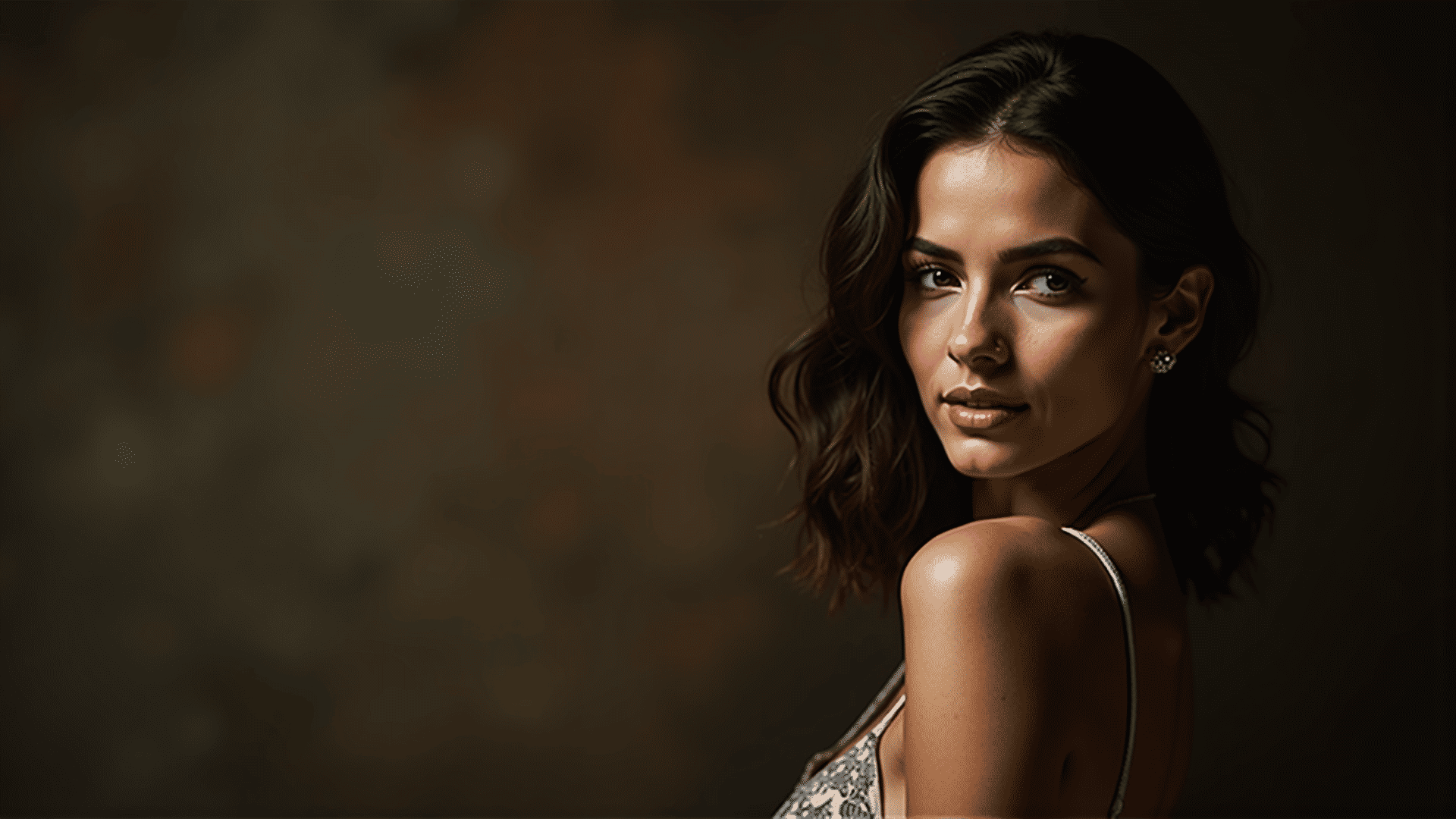Photography is an art that beautifully intertwines creativity with technique, and one of the most critical aspects in capturing a stunning portrait is lighting. The right illumination can transform an ordinary shot into an extraordinary work of art, highlighting your subject's features and creating a captivating mood. Here, we delve into some effective lighting techniques to elevate your portrait photography.
1. Embrace Natural Light
Natural light is a versatile and readily available resource for photographers. It creates soft, flattering illumination that can bring out the best in your subjects. To make the most of natural light, try shooting during the golden hour—shortly after sunrise or before sunset—when the sun casts a warm, diffused glow. Position your subject at an angle to the light source to reveal dimensions and add depth to the portrait.
2. Master the Art of Studio Lighting
In a controlled environment, studio lights offer unlimited possibilities. Start with a basic setup: a three-point lighting system consisting of a key light, fill light, and backlight. The key light acts as the primary source of illumination, creating the main shadow. The fill light softens these shadows, and the backlight helps separate the subject from the background. Experiment with the ratios to achieve the desired mood and effect.
3. Utilize Reflectors and Diffusers
For both natural and artificial light setups, reflectors and diffusers can be game-changers. Reflectors bounce light back onto your subject, filling in shadows and illuminating features without the need for additional light sources. Aim for a variety of reflector colors—white, silver, or gold—each producing unique effects. Diffusers, placed between the light and the subject, soften harsh light, preventing strong shadows and yielding a more even distribution.
4. Play with Shadows
Shadows can add intrigue and drama to portraits. Use directional lighting to cast enticing shadows that accentuate the contours and textures of your subject. Position the light source at varied heights and angles to control the length and intensity of shadows, crafting a striking visual narrative.
5. Experiment with Backlighting
Backlighting, where the light source is positioned behind the subject, can emphasize outlines and create a halo effect. This technique is excellent for adding depth and interest to portraits. Be mindful of exposure to prevent overexposure; use the manual settings to retain the necessary details in the highlights and shadows.
6. Create Mood with Color Gels
Color gels can lend an atmospheric touch to your portraits. Placed over lighting equipment, gels can alter the color temperature of the light, enabling you to match the atmosphere to the subject's energy or the desired story. Combining complimentary colored gels or using a single hue can dramatically influence the overall aesthetic.
7. Leverage the Power of Rembrandt Lighting
Named after the famous painter, Rembrandt lighting creates a triangle of light under the eye opposite the light source, adding a touch of mystery. The technique involves positioning the key light at an angle and slightly above the subject's eye level. This type of lighting is ideal for crafting portraits with depth and classic appeal.
In conclusion, lighting is a powerful tool in portrait photography, capable of transforming the ordinary into the extraordinary. By experimenting with different techniques and setups, you can refine your skills and capture stunning portraits that tell compelling stories. Whether you're outside basking in natural light or inside with a sophisticated studio setup, mastering lighting ensures that every click of the shutter encapsulates art and emotion.
